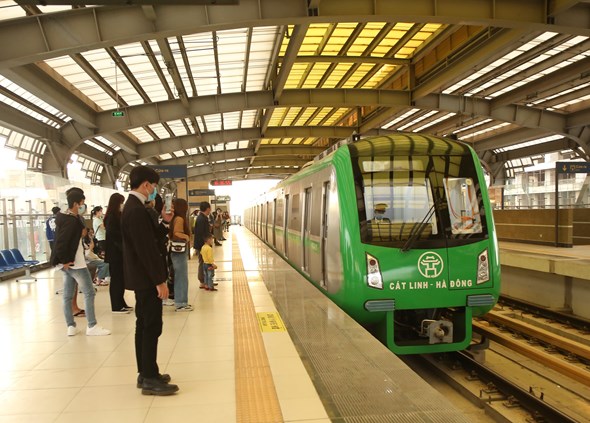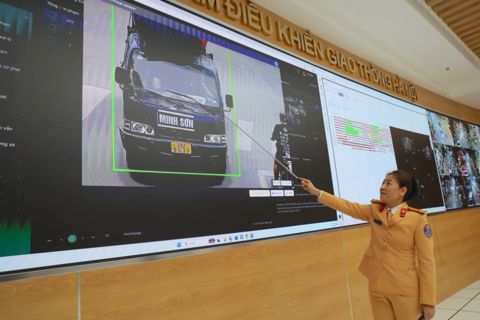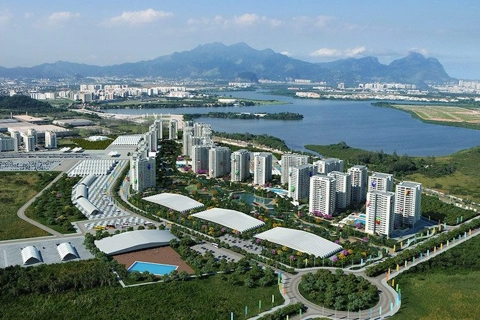Hanoi's 1st urban railway sees increasing ridership
After a year of operation, the US$730-million project saw increased ridership and expects a growing number of passengers.
The number of passengers to Cat Linh-Ha Dong Urban Railway has increased recently, indicating the rising demand for public transportation.
| Cat Linh-Ha Dong Urban Railway opened to the public in November 2021. Photo: Pham Cong/The Hanoi Times |
As of November 13, 2022, the line’s total ridership hit more than 7.64 million.
Each day, the ridership reaches an average of 32,000, between 26,000 and 28,000 at weekends. The highest daily number of passengers was recorded on September 2, 2022, with a total of 55,000 rides.
According to General Director Vu Hong Truong of Hanoi Railways Co., Ltd (Hanoi Metro), the operator of the Cat Linh-Ha Dong line, the railroad has proved its convenience over other means of public transport, which is the backbone of the transportation system in major cities like Hanoi and HCM City.
Over time, Truong said that the Cat Linh-Ha Dong urban railroad has changed the behavior of Hanoians and helped people develop a new habit of using safe and modern public transport.
Given the improvement of professional qualifications of the Cat Linh-Ha Dong line, the workers of Hanoi Metro are prepared to run the Nhon-Hanoi Station urban railway - the second metro line in Hanoi, and assist the authorities of Ho Chi Minh City to operate its Ben Thanh-Suoi Tien railway, he said.
To improve the quality of services, Hanoi will adjust the direction and number of bus lines to interchange with the Cat Linh-Ha Dong railway line, supporting passengers who want to transfer between modes of transportation.
In addition, the city authorities will increase the number of parking lots near the stations to make it easier for people to travel by train.
Over the past years, the operator of Cat Linh-Ha Dong Urban Railway has suffered an accumulated loss of VND159 billion ($6.4 million) in 2014-2021. Lower-than-expected ridership and long-stalled construction are attributed to the loss.
The figure was released by the municipal government in response to local constituents.
Since the commissioning of the line in November 2014, Hanoi Metro earned no revenues until November 2021, when the railway was put into operation but still had to secure funding for the payment of salaries, employee training, and machinery purchases. Meanwhile, in November and December 2021, low fares and low ridership (874,000 – far below the expected count of 4.9 million) compounded the financial woes.











